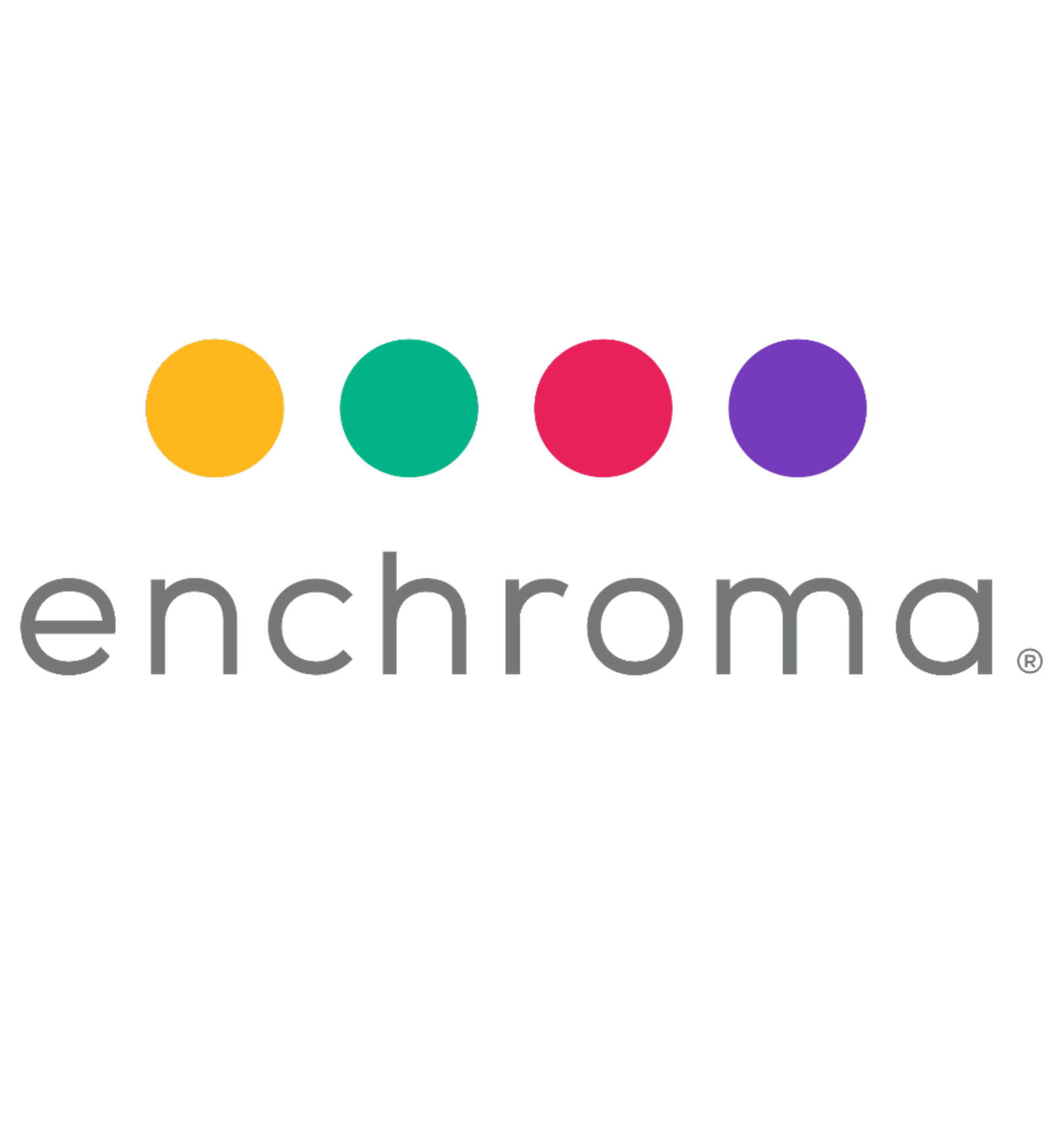Media: Product shots, images and interactive GIFs illustrating the challenges for those with Color Vision Deficiencies can be downloaded here. More media materials are available here.
About EnChroma
Based in Berkeley, Calif., EnChroma produces leading-edge eyewear for red-green
color blindness and low vision, and other solutions for color vision, sold online and
through Authorized Retailers worldwide. Invented in 2010, EnChroma’s patented
eyewear combines the latest in color perception, neuroscience and lens innovation to
improve the lives of people with red-green color vision deficiency around the world.
EnChroma received an SBIR grant from the National Institutes of Health (NIH).
It earned the 2016 Tibbetts Award from the U.S. Small Business Administration in
recognition of the firm’s innovative impact on the human experience through technology,
and the 2020 Innovation Award in Life Sciences from the Bay Area’s East Bay
Economic Development Alliance. |




